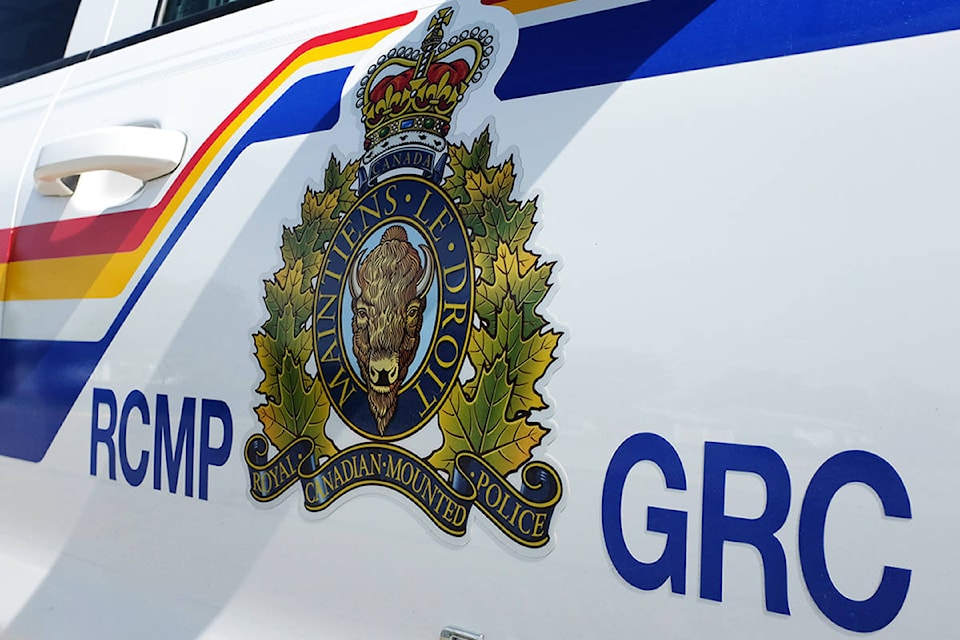After more than a year since it was first announced, the RCMP stated it is moving ahead with implementation of a revised auxiliary constable program.
A recent release explained the three-tiered model; with more exacting details about what each tier will include for duties and training than was included when the revisions were first released publicly on Dec. 22, 2016.
“The wellbeing of our volunteers is our priority. These changes will standardize and strengthen this important program, while permitting Auxiliaries to continue serving their communities safely,” stated RCMP deputy Commissioner of contract and Aboriginal policing Kevin Brosseau in the release.
The original auxiliary program began in 1963, but was put under review in 2014 following the terrorism death of Canadian solider in Ottawa. Auxiliary officers would later be pulled from duty prior to the review being completed, after one was injured during an attempt to arrest an armed man in St. Albert in January 2015. That incident resulted in the death of Cst. David Wynn.
The three tiers
The first tier is the lowest level with auxiliaries participating in community policing services — including watch programs, public education, community events and non-enforcement support — under the supervision of an RCMP employee. This level will see participants without peace officer status.
Tier two will provide auxiliaries with peace officer status and allow participants, along with tier one duties, to conduct community foot/bicycle patrols as well as help with traffic control and disaster assistance all while under an RCMP officer’s supervision.
Tier three will have peace officer status and include all duties of a regular officer such as general duty patrol, attending calls and Check Stops plus doing scene security and searches.
The time commitment each level will also change from the current 160 hours annually; tier one will be 60 hours, tier two at 120 and tier three at 180.
Read More: Alberta’s Firefighters Get Provincial Support on Work Related Cancers
Provincial and territorial regions are responsible for determining if one or all tiers will be instituted in their area, depending upon operations and other needs. As well, new uniforms and training standards are due to be rolled out in the next few months.
Alberta RCMP ‘K’ Division has about 190 auxiliary constables currently, while there are around 1,200 across the country, and no decision has been made as to what direction ‘K’ Division will move.
“It’s an ongoing discussion on which tier or all of them will be instituted in the province,” explained Cpl. Laurel Scott, ‘K’ Division communications spokesperson.
“Once that is established, there will have to be adjustments made for those auxiliaries that are still active and wish to remain.”
